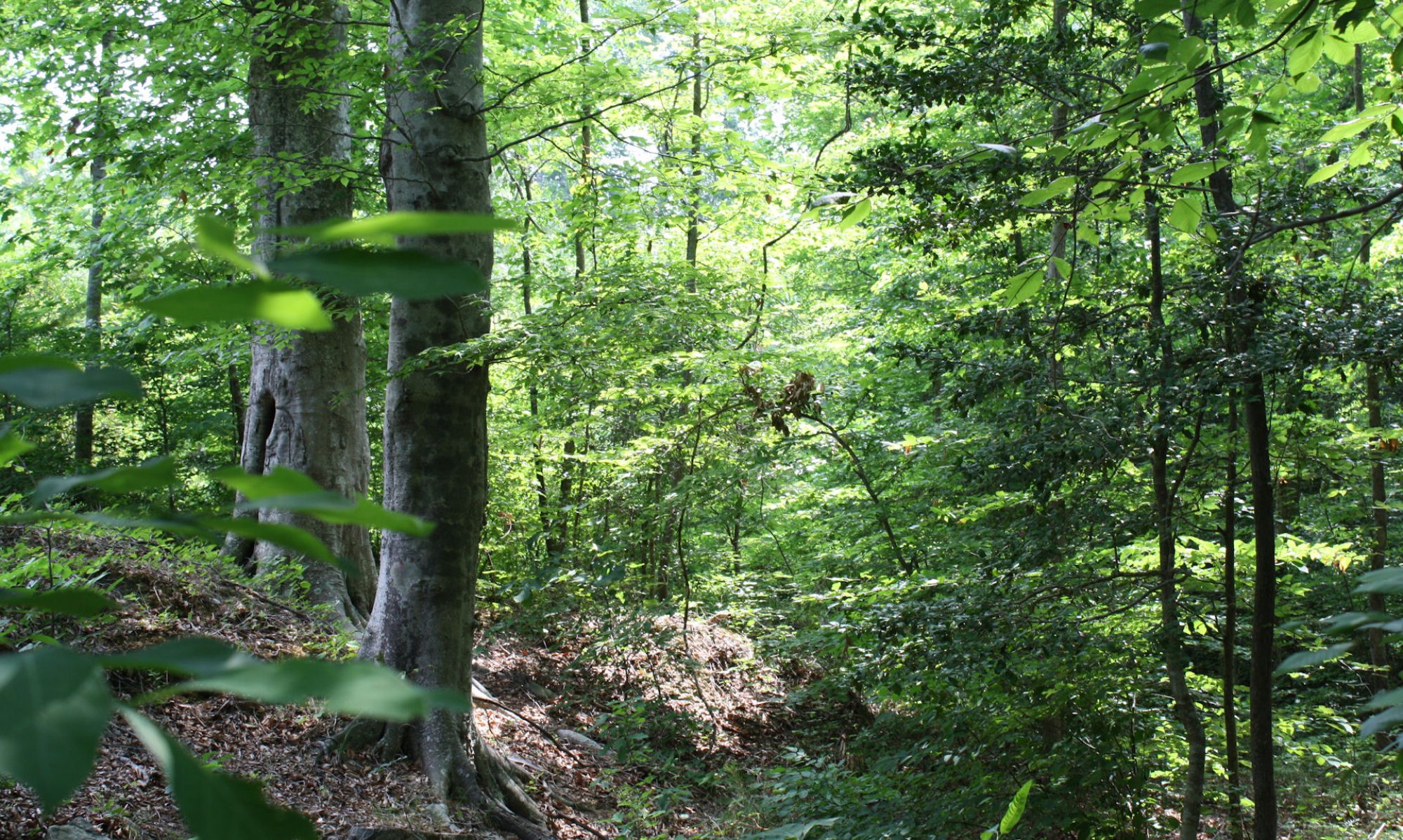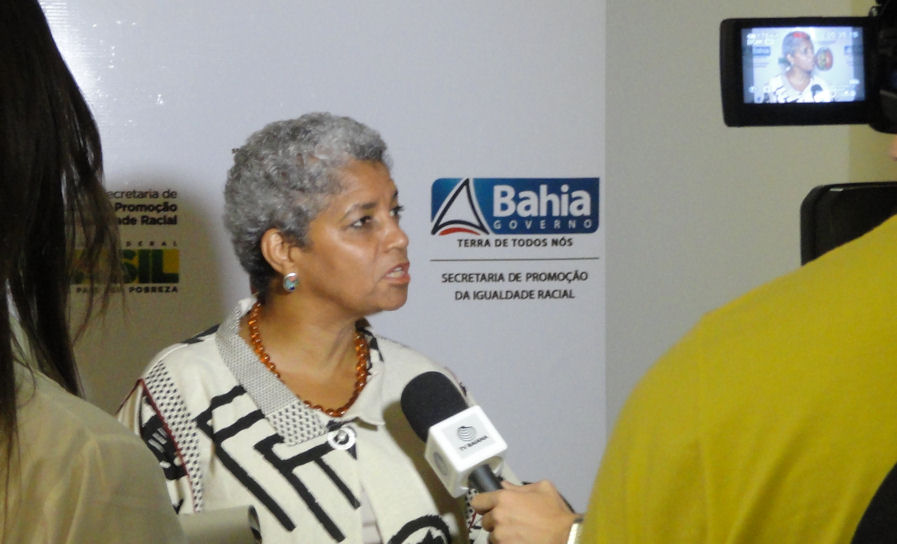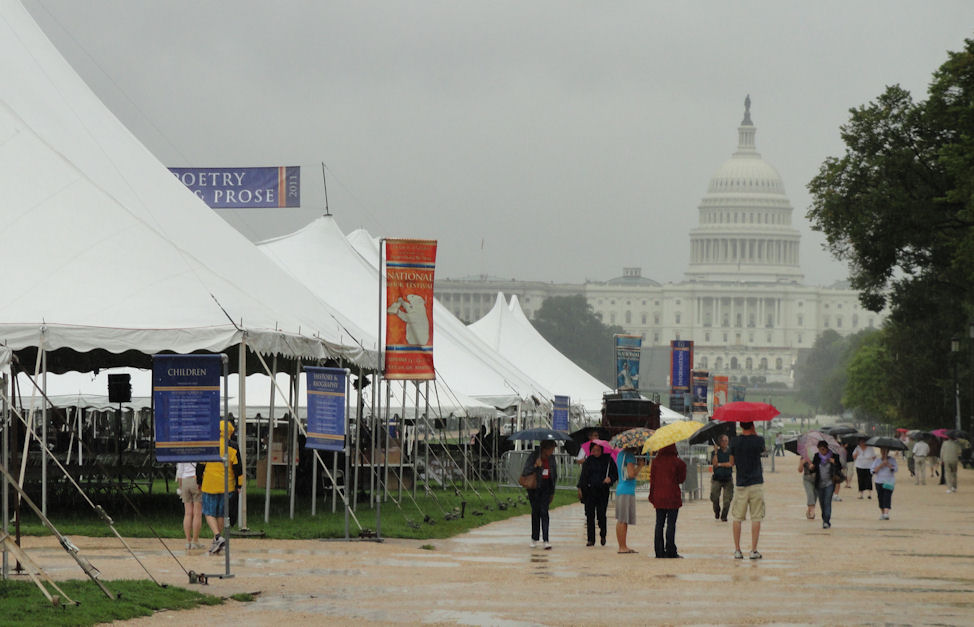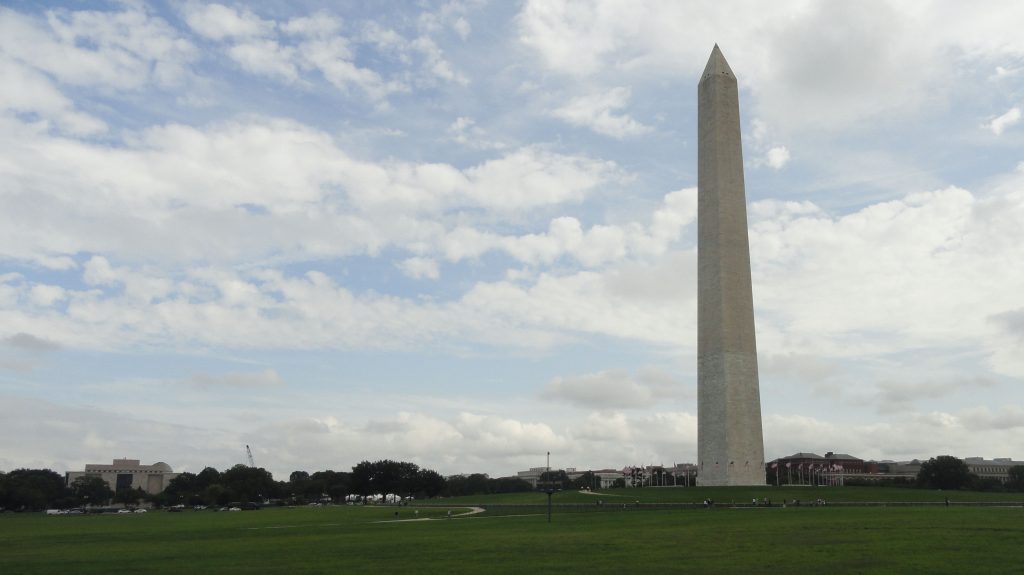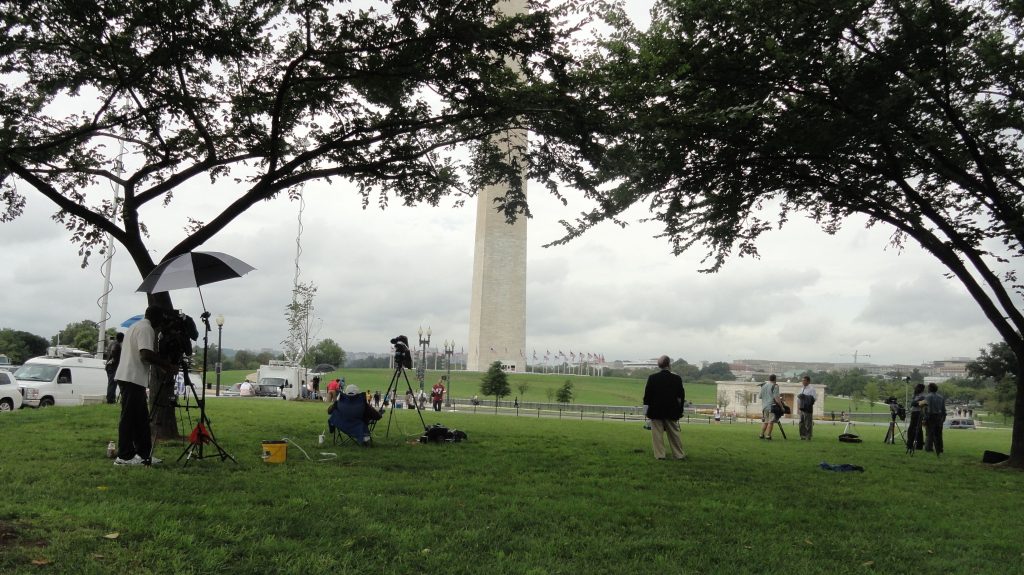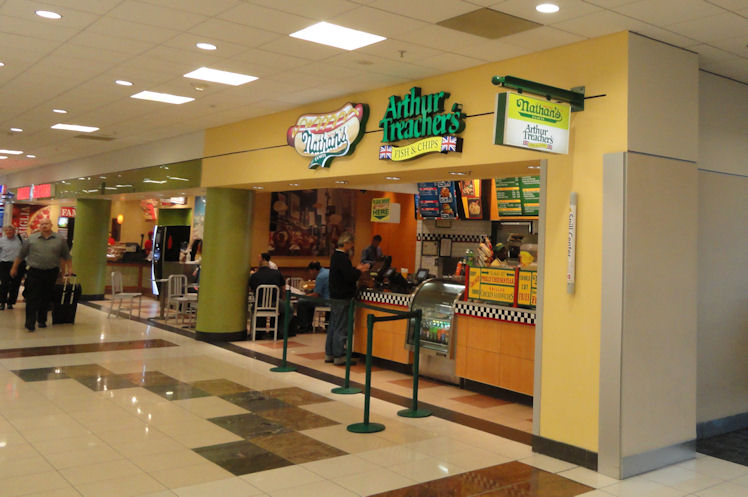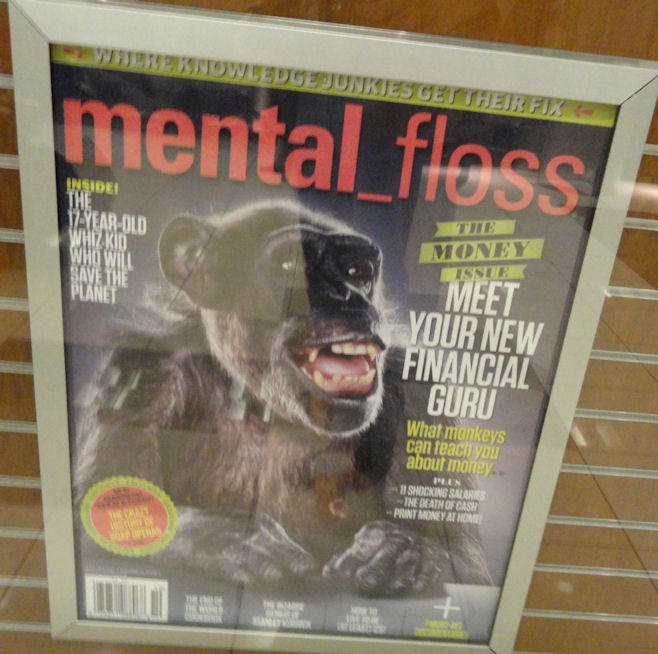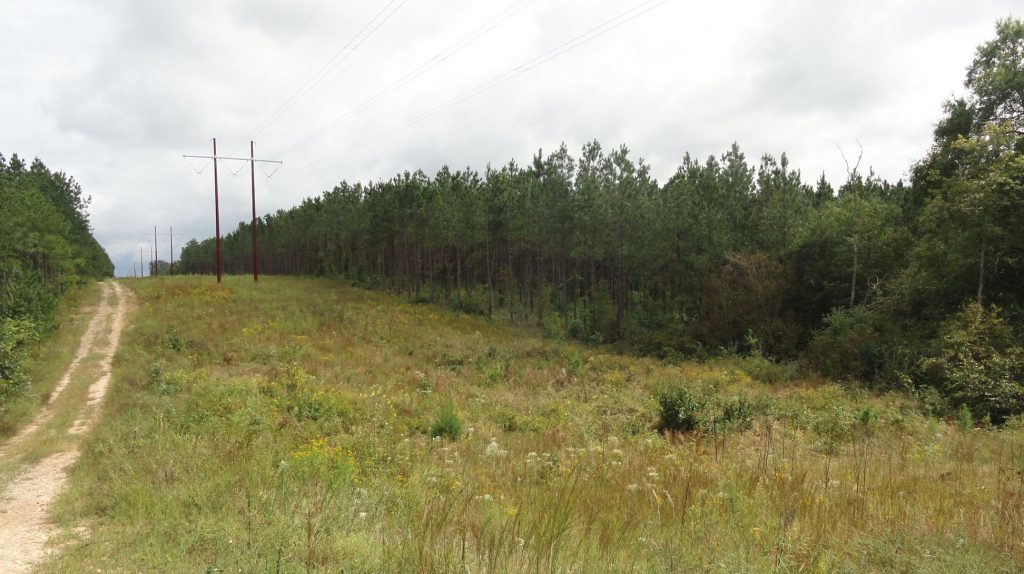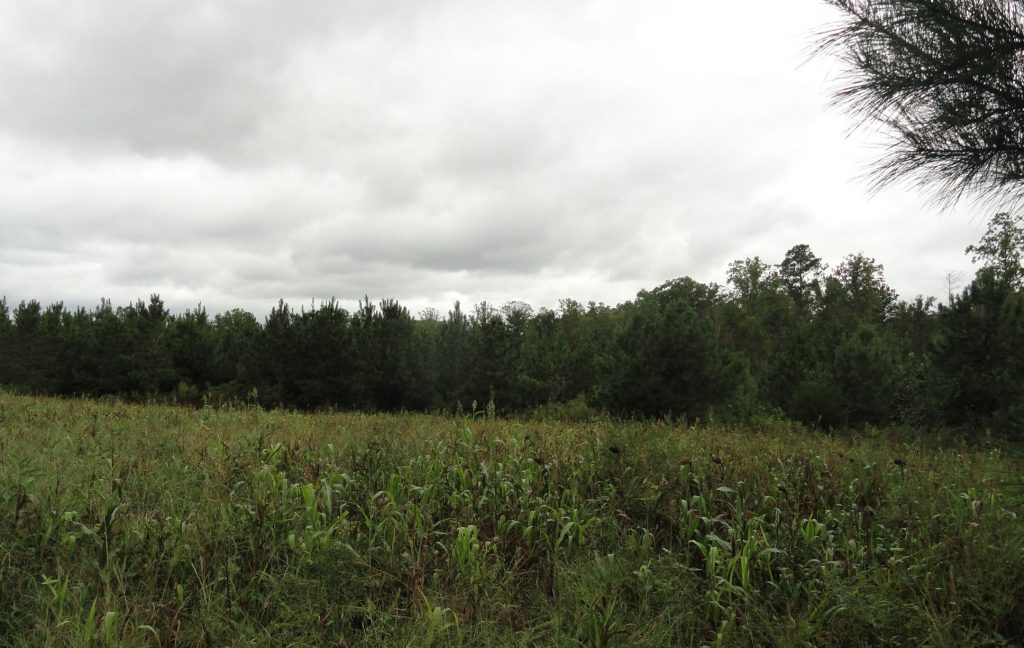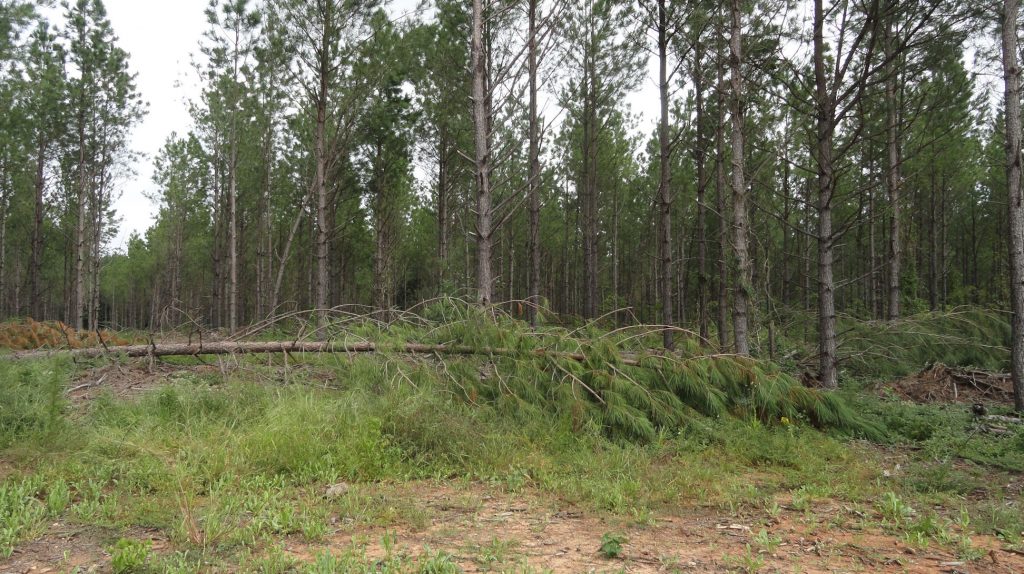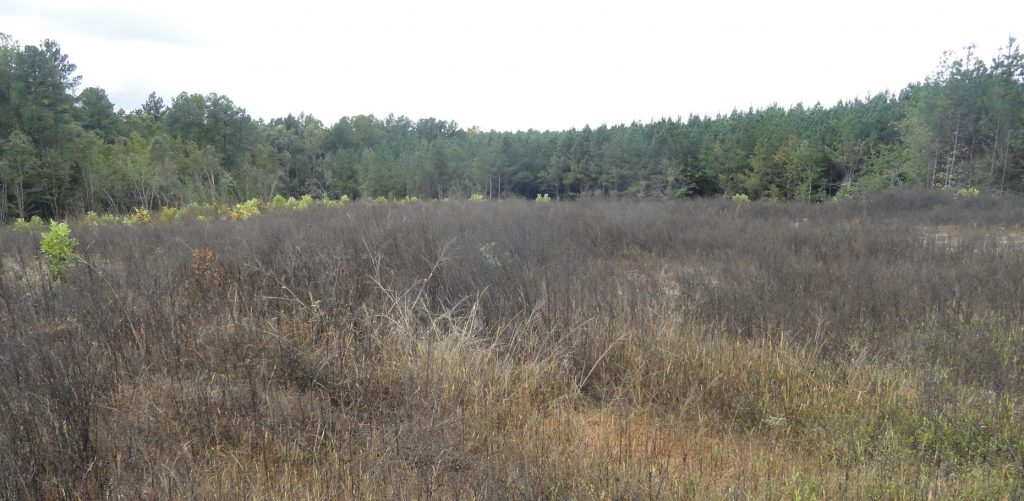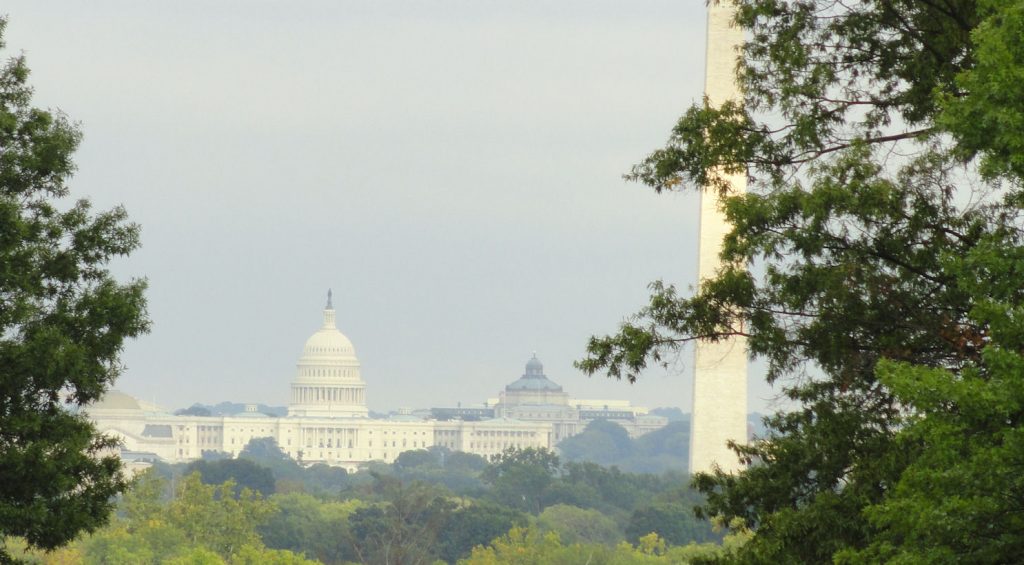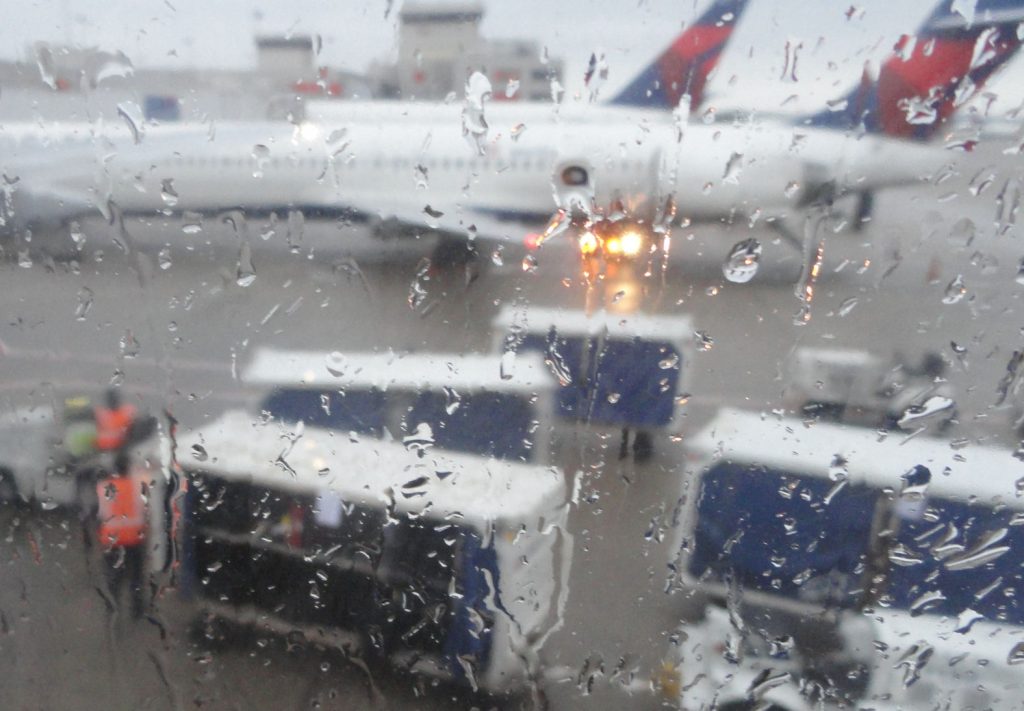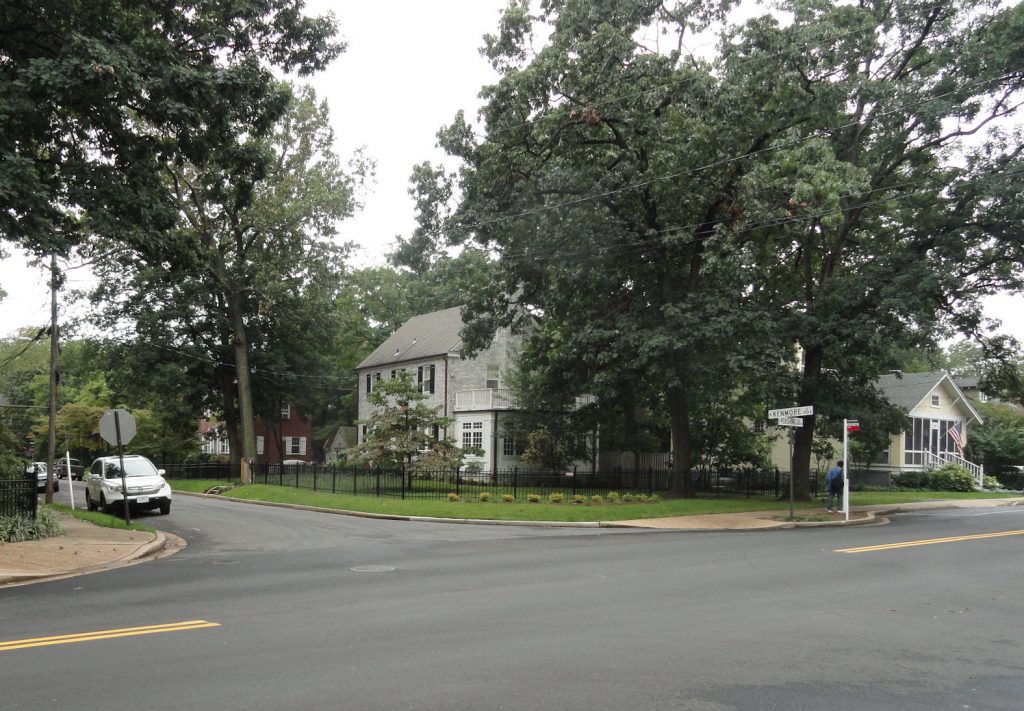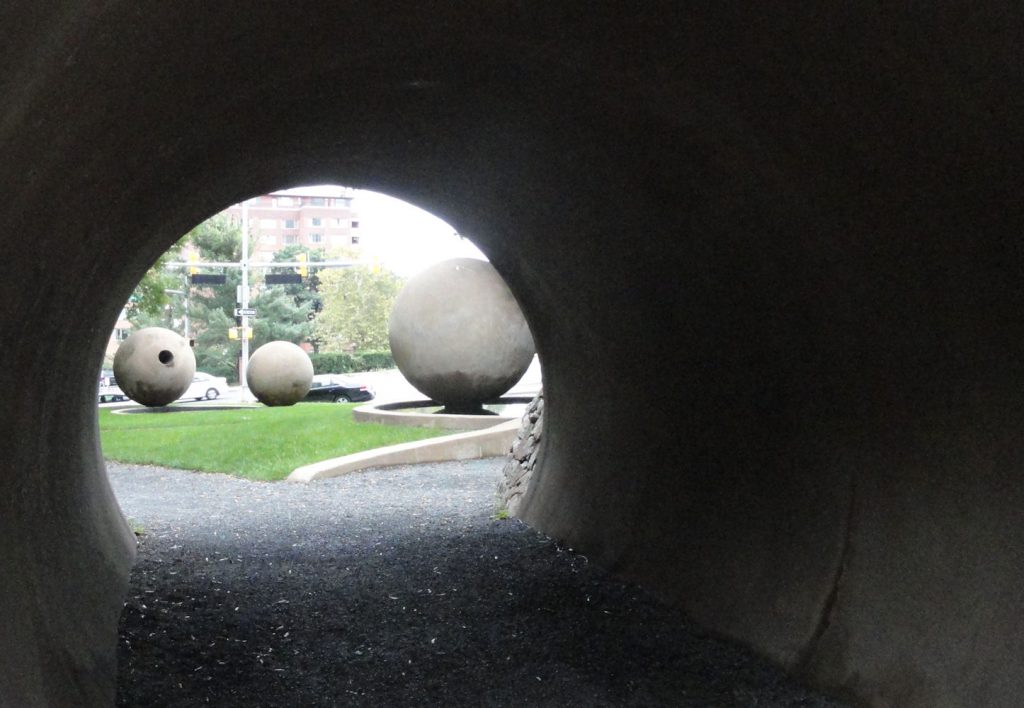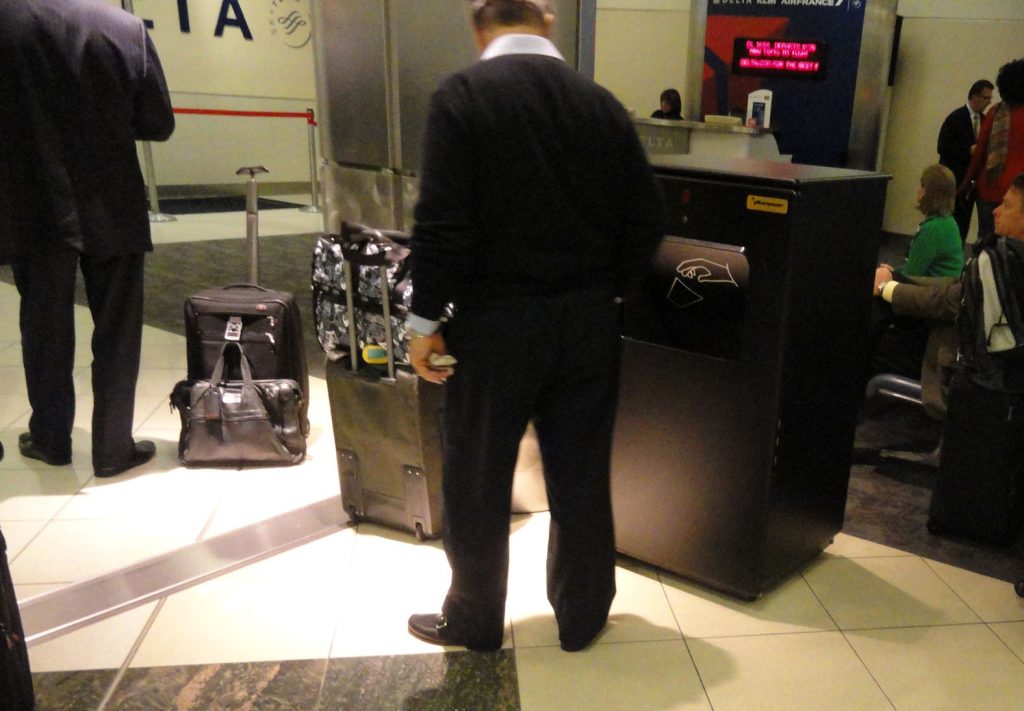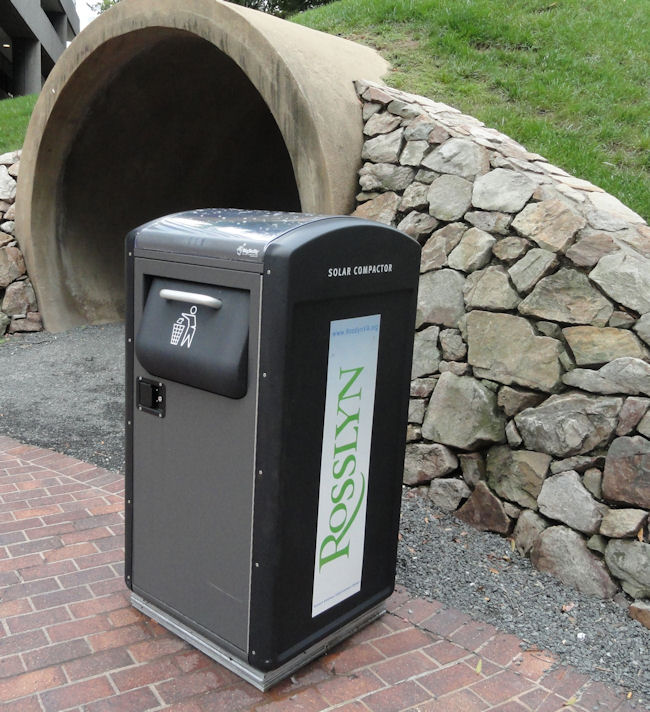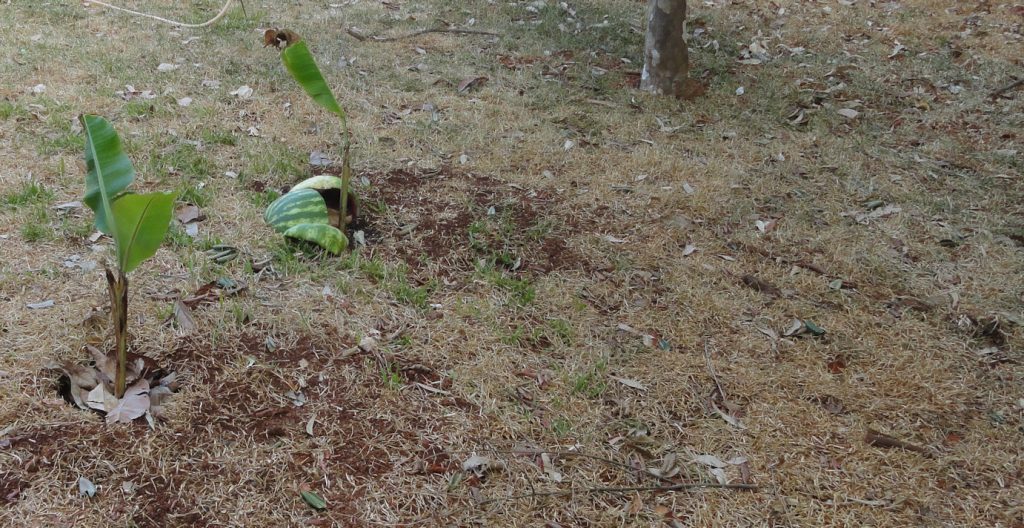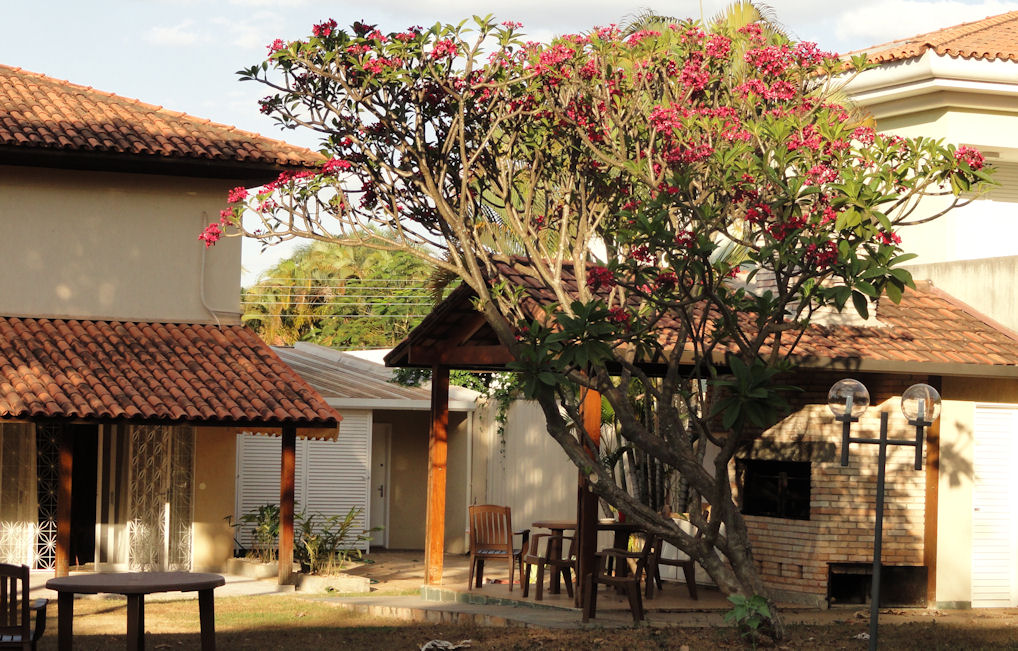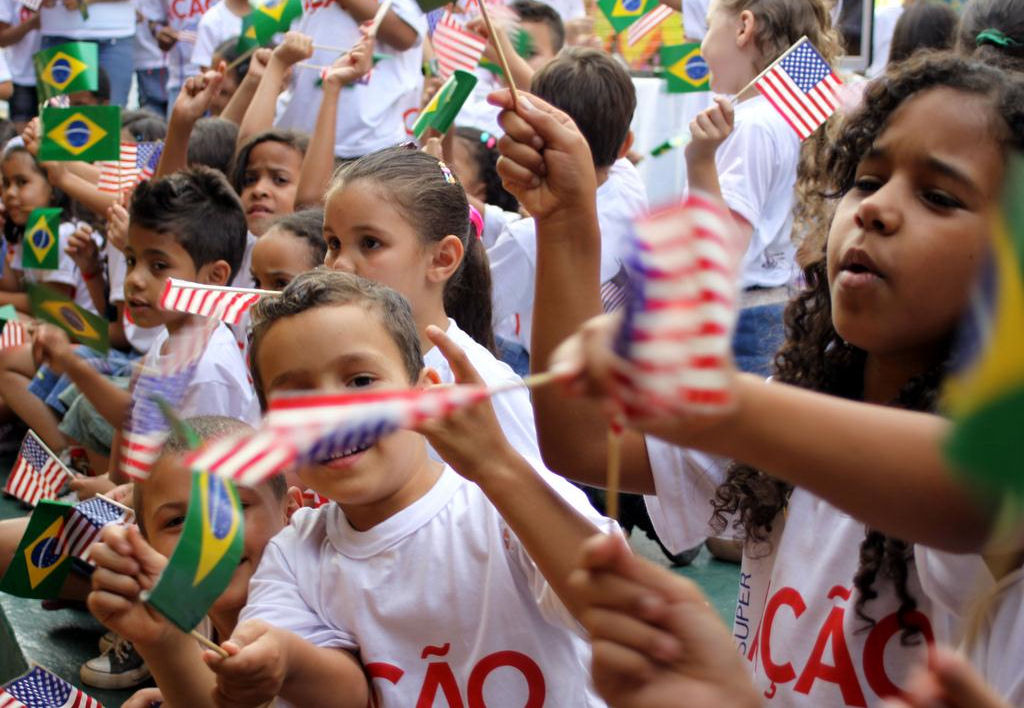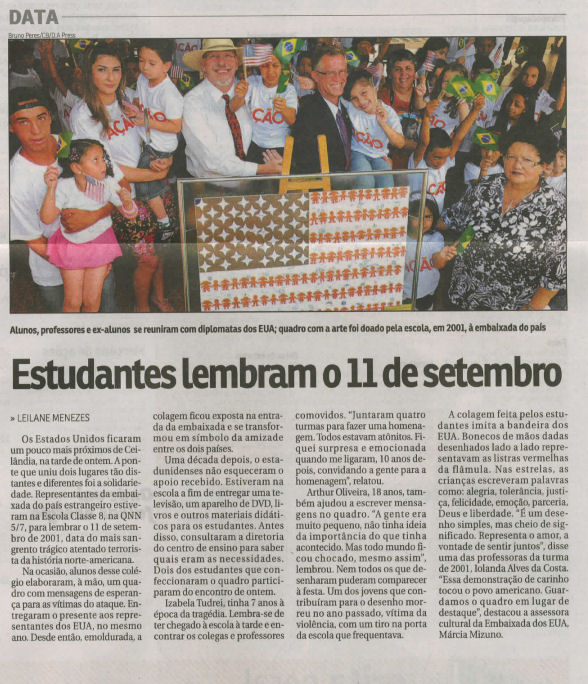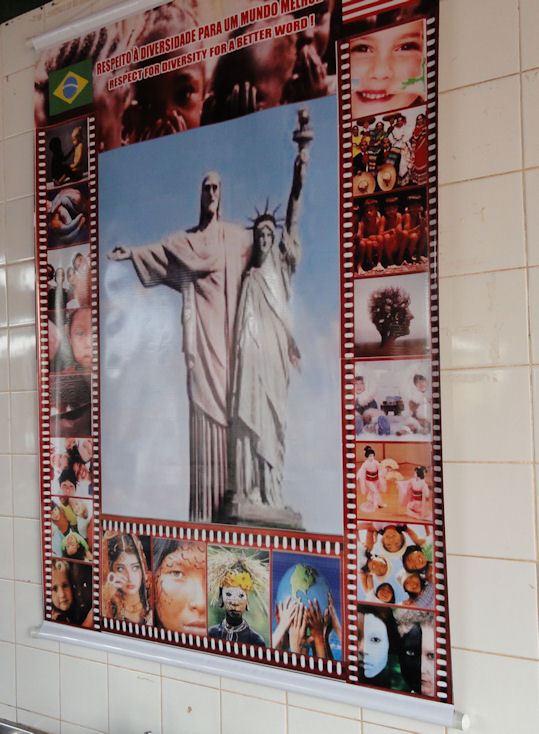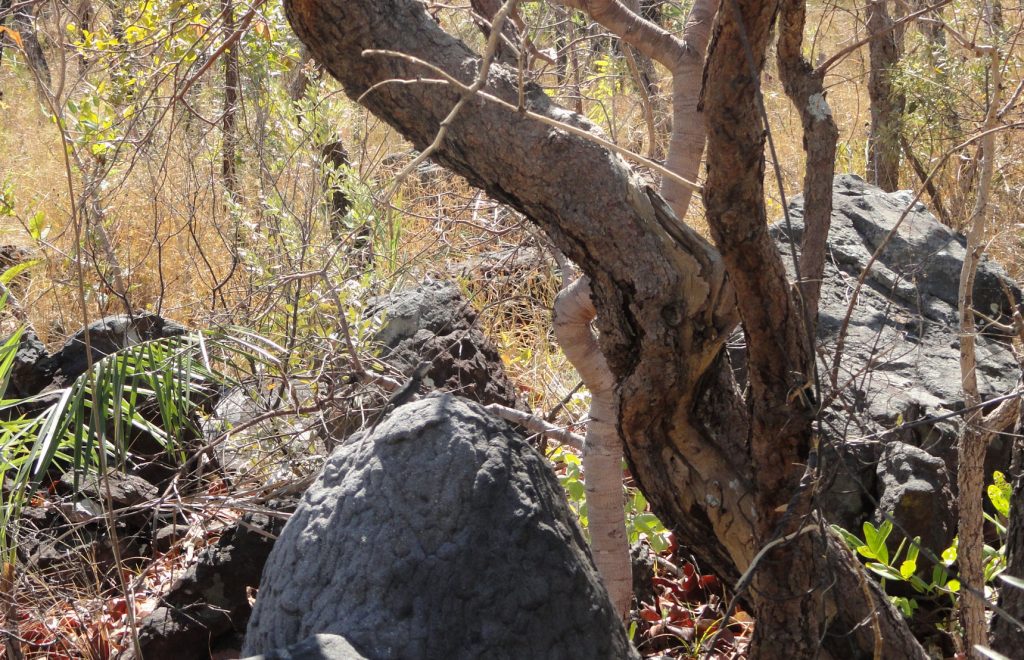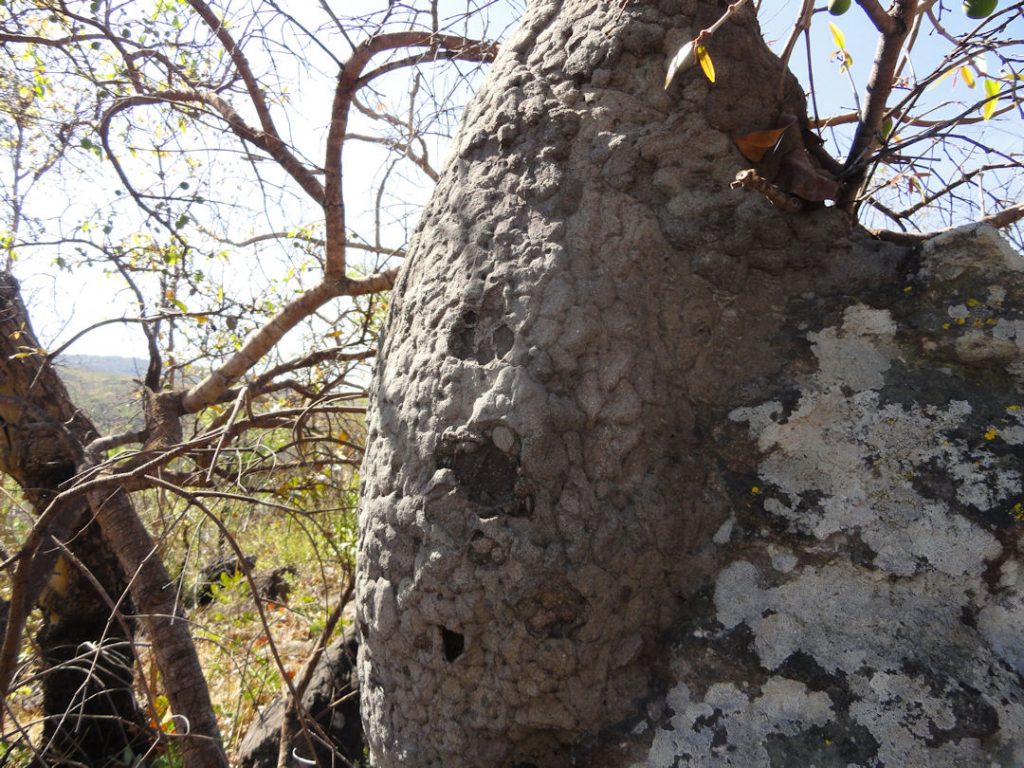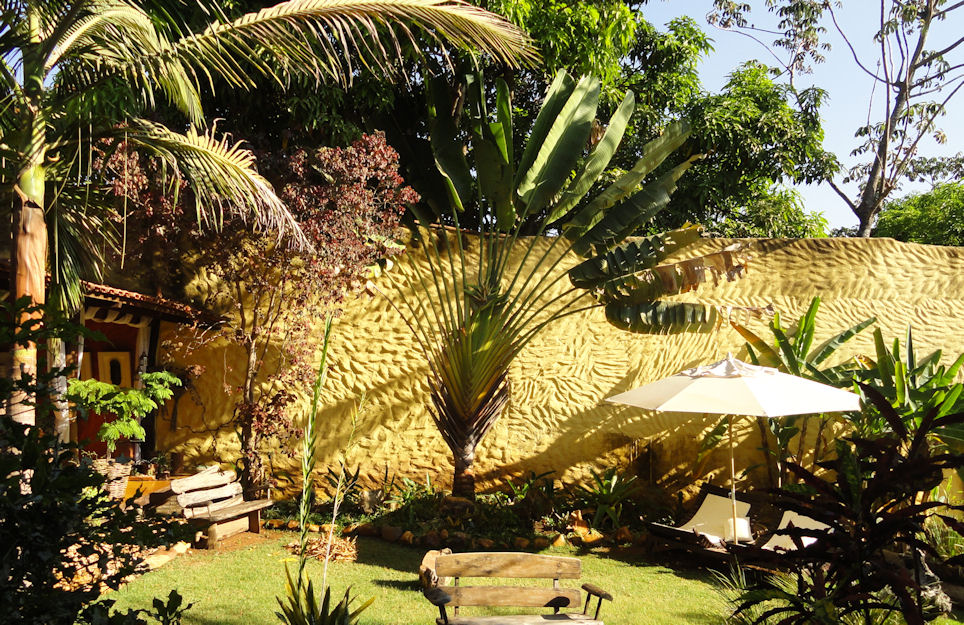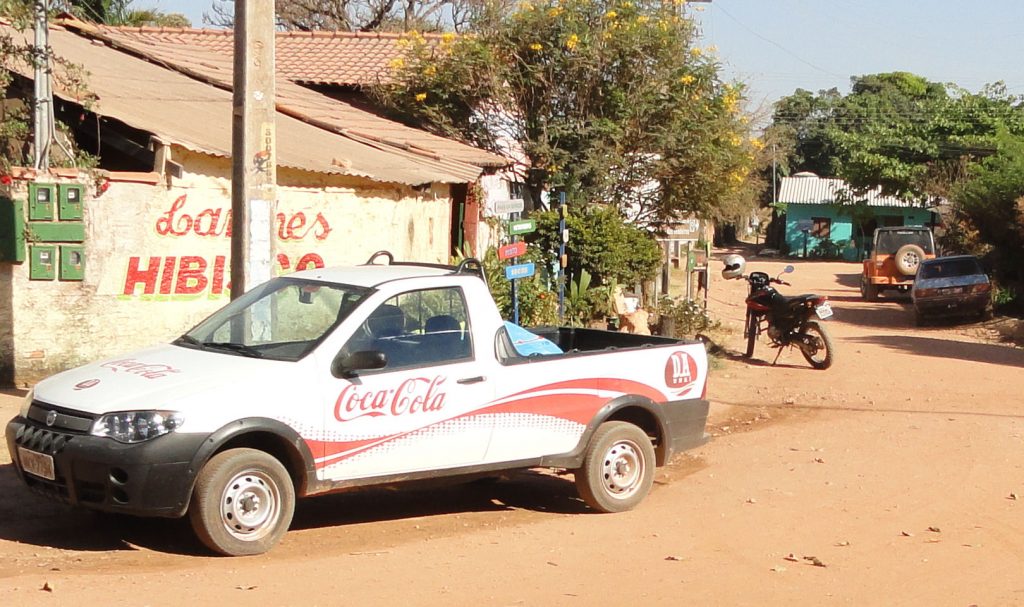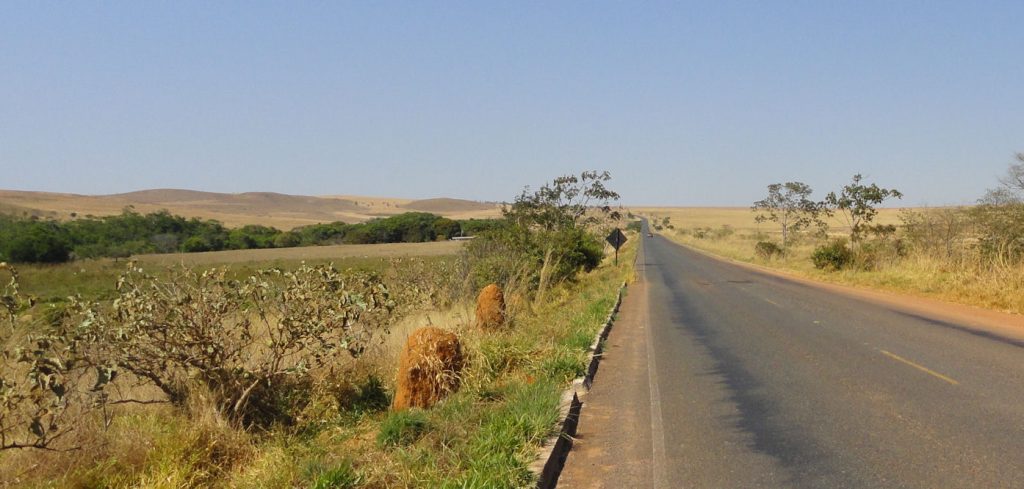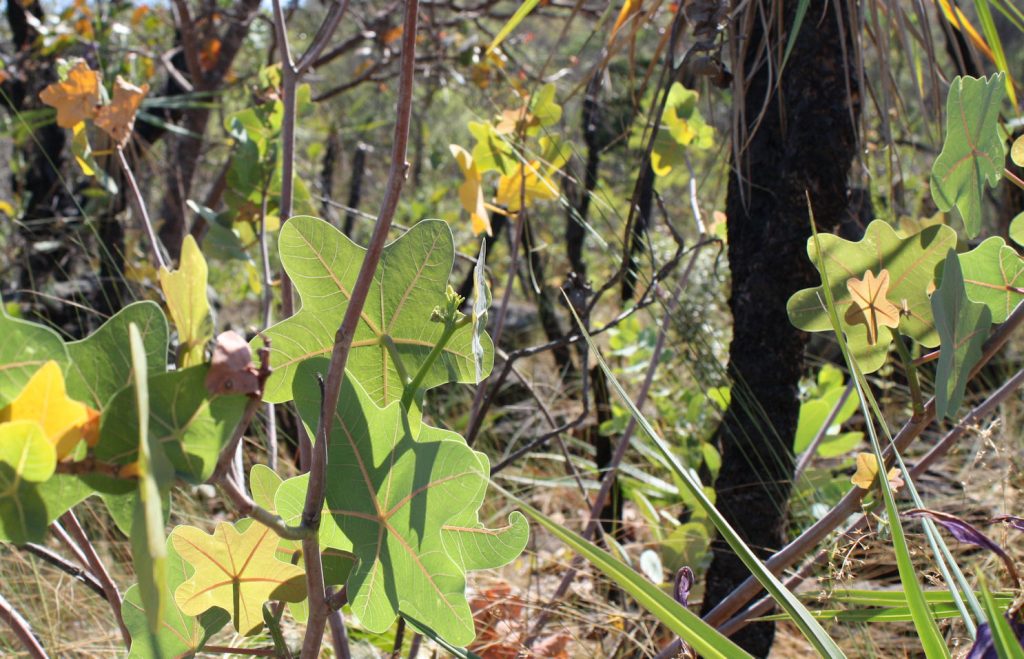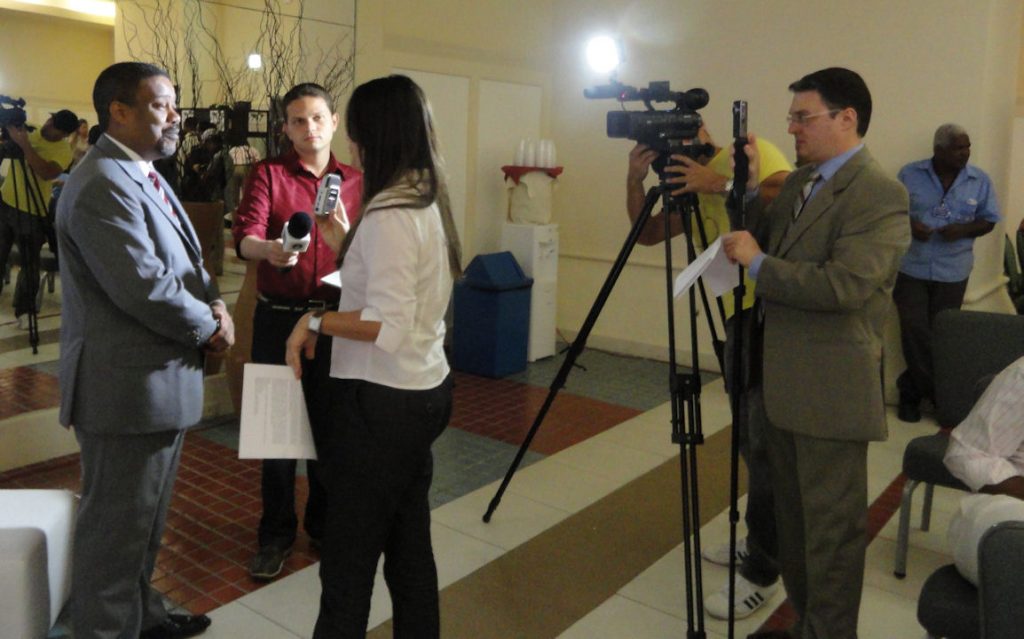
I was one of the opening speakers at conference on black entrepreneurism in Salvador that I talked about in my last post. It is part of our program on encouraging racial equality in both Brazil and the U.S. You can read about it at this link.
This is part of my ceremonial diplomatic duties and the part of communications that I am less good at. I am good at the extemporaneous talks and persuasion, but I have a real problem actually reading a speech. I always want to skip ahead and I tend to accelerate as I am reading. I could make the excuse that I have to read it in Portuguese but the concern is not valid. If I have to read a speech and say all the words (as opposed to the free form) I think I actually prefer to do it in Portuguese. It is easier for me to read slowly in my non-native language. I worked with the language coach yesterday to get the pronunciation better.
I have been practicing this entire career and still feel like a freshman when I get in front of a crowd. Nevertheless, in the last couple of years I think I have finally gotten a bit better at this type of performance precisely because I now understand that it is indeed a performance. They don’t come to see me; they come to see a representative of the United States of America. I am expected to play a role and I do that. When giving a set speech, originality and knowledge are not virtues. I didn’t write the speech. I am there to convey the policy produced by others and it is much more important to be true to that than to add my own spin. My job is to wear a nice suit, smile at the appropriate time, read the words right and modulate the sounds so that at least some members of the audience enjoy the experience. I
I have to fight the feeling that I am a fraud for not producing my own material. This is where the recognition that it is a performance has helped a lot. The higher you get in the organization, the more you are called on to perform the ceremonial task using words prepared by others.
Speaking of others, my picture shows one of the other participants. I don’t have a picture of myself, and he is better looking anyway.
